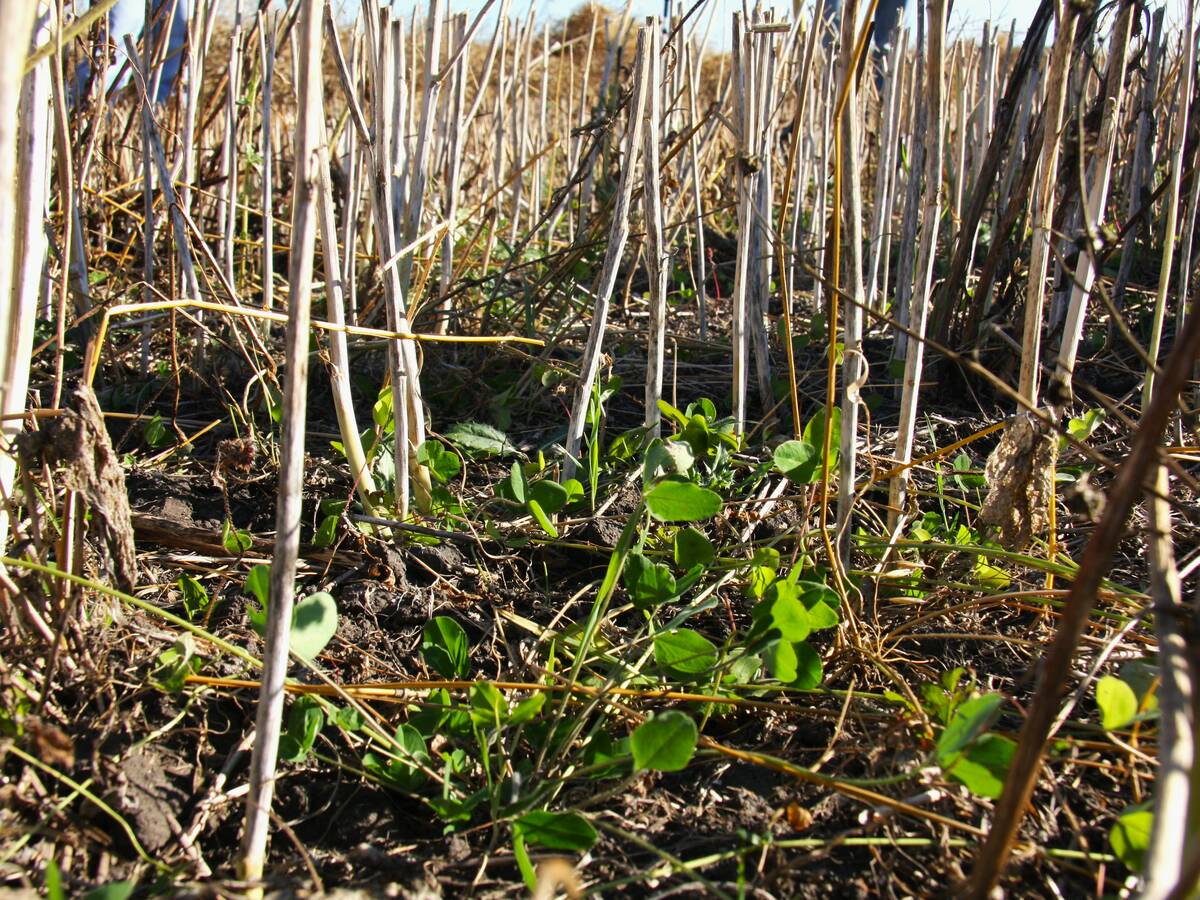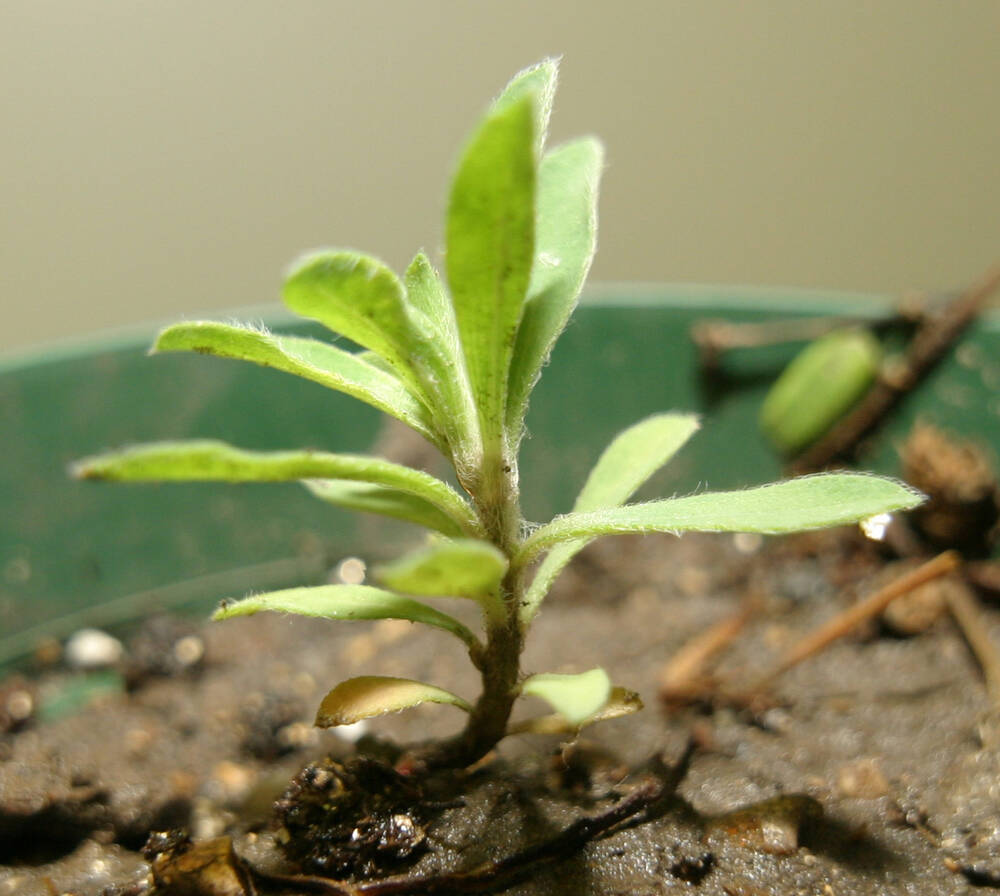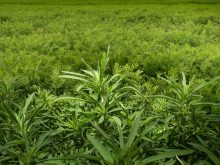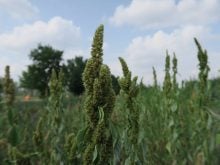Herbicide resistance costs Saskatchewan growers at least $340 million a year, according to the most recent federal data.
Yield loss, quality loss and the cost of having to spray more or combine active ingredients all contribute to that expense.
Acting provincial weed specialist Cory Jacob said that data is from surveys in 2019 and 2020, and the cost is likely to be higher once information gathered in a 2024 survey is available.
Read Also

Saskatchewan project sees intercrop, cover crop benefit
An Indigenous-led Living Lab has been researching regenerative techniques is encouraging producers to consider incorporating intercrops and cover crops with their rotations.
Herbicide resistance is increasing, he said.
The survey found herbicide-resistant weeds in 72 per cent of 419 surveyed fields covering about 15 million acres of cropland.
“The growing prevalence of herbicide-resistant weeds in Saskatchewan warrants further adoption of IWM (integrated weed management) where non-chemical tactics play an important role in stewardship of the remaining effective herbicides,” the scientists who conducted the survey and analyzed the data said in an article published in the Canadian Journal of Plant Science last fall.
Wild oats and kochia are of particular concern as the incidence of resistance continues to rise through multiple surveys.
Jacob told producers at a Saskatchewan Pulse Growers meeting that a field can go from one plant in a million to weed control failure in five years.
The first couple of years, the weeds that survive spraying will hardly be noticeable, but the field will go from .001 percent resistant to .02, then .3 and in year four, 4.2 per cent.
At that point, the producer will likely notice.
“What do most people do? We try to stretch it for one more year,” Jacob said.
But that fifth year will see the resistant weed in 60.5 per cent of the field.
Jacob said if 70 per cent of fields had resistant weeds five years ago, he assumes last year’s survey will show 100 per cent.
With some weeds, such as kochia, showing three-way resistance to several herbicides, Jacob said producers have to take the problem seriously.
Rotating herbicides, understanding herbicide groups, rotating herbicide groups, mixing groups and mixing effective groups are important. He said producers must pay attention to which active ingredients are in the herbicides they are using and not just the trade names.
He encouraged growers to pay attention to suspicious weeds and watch for them when scouting.
“Don’t hesitate. Mow it, pull it, do whatever, just don’t let it go to seed and spread and then we have a larger issue,” Jacob said.
In saline areas, some weeds could be getting sub-lethal doses of one or two different herbicides, which is really selecting for resistance, he said.
Once a weed is resistant, it will be forever.
Jacob called the situation a harsh reality.
“It’s been harsh for a very long time and it just keeps on getting a little bit worse, but there are only a finite number of ways that we can kill a weed with herbicides,” he said.
Growing a high density, healthy crop can help. Diversifying rotations, or lengthening them, to include a winter annual is also a good idea.
“If you’re growing canola and wheat, yeah, it’s profitable and it works but the weeds get quite used to what you’re doing and what to expect,” said Jacob.
He advised producers to mix herbicides from different groups to control the same weed. Tank mixes only work if both herbicides control the target, he said.
Meanwhile, the researchers said non-chemical tactics offer a way forward to prolong the useful life of effective herbicides.
“There is a critical need for farmers to place greater emphasis on cultural, physical and biological tactics in weed control programs,” they wrote.
Jacob said seed destroying technology on combines is an expensive but possible option.
Contact karen.briere@producer.com
















